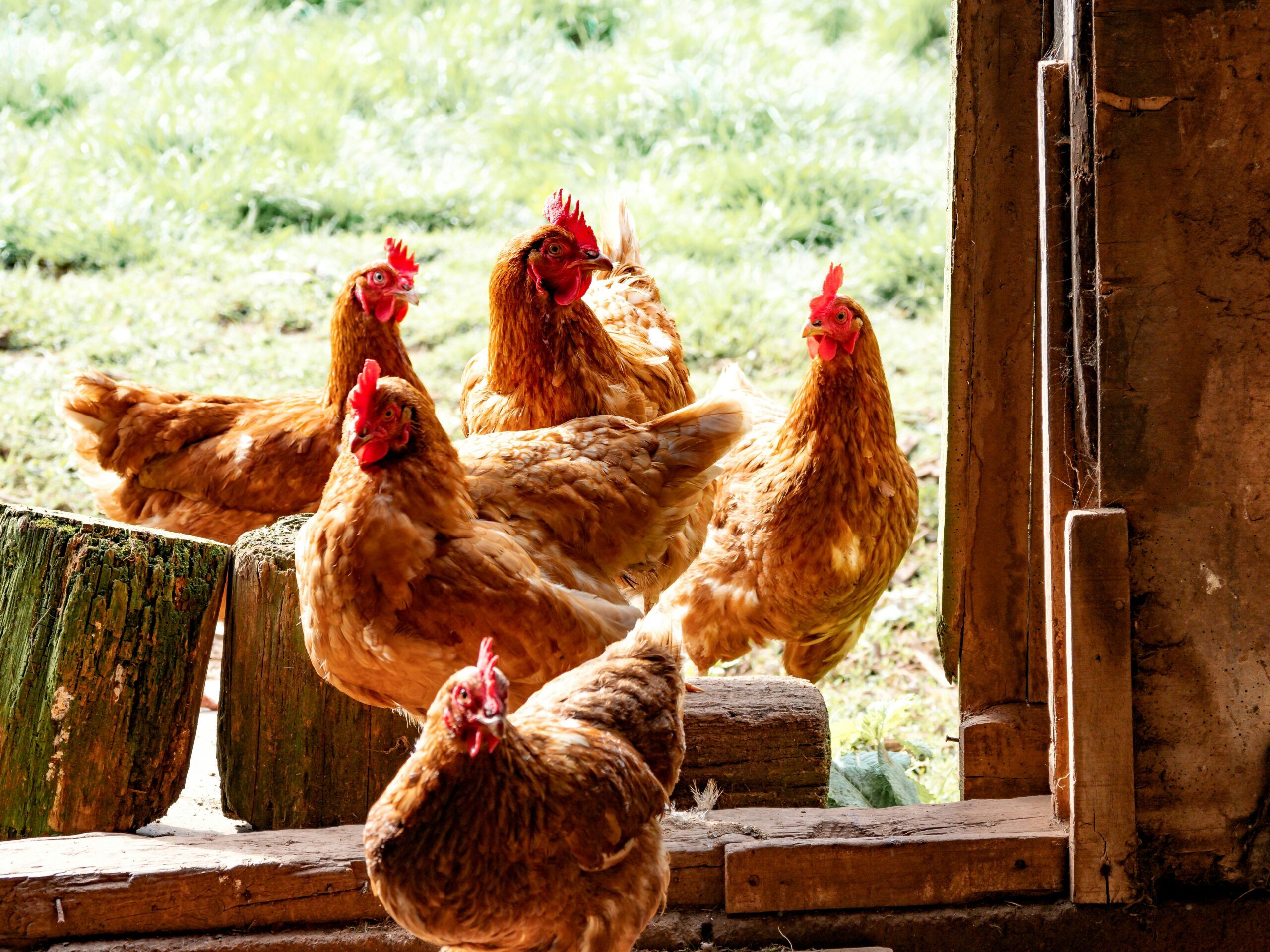
As with most animals, it is essential to understand that each chicken breed has its pros and cons. When choosing what breeds to add to your flock, there are several things to consider. My biggest priority is selecting a species that has a good temperament. For me, this is especially important as I have two small children who enjoy helping in the coop. Having friendly chickens gives me a piece of mind when letting my toddler help with them. However, some people prioritize egg production, ability to forage, or cold hardiness over temperament.
Silkies

Silkies are sometimes also referred to as Silky or Chinese Silk Chicken. Their unique appearance likely gains them popularity, with their fluffy plumage. As their name depicts, most would agree that their feathers do feel similar to silk or satin. They are some of the sweetest chickens out there and make a great companion for children. Their egg production is moderate, laying around 3-4 eggs per week on average. Eggs are typically cream and colored and slightly smaller than the regular egg. Silkies are also very good foragers and therefore make a great addition if you plan to free-range your flock.
Buff Orpington
These gentle giants take number two on my list. They are very sweet and docile birds and make great mother’s if you are looking for a broody breed. They will often even accept eggs if placed under them. They lay large brown eggs, typically laying 3-5 eggs per week. One thing to keep in mind is, Buff Roosters are very protective over the nest and sometimes will even take a turn sitting to give mom a break. If you are raising for meat, these chickens are typically ready for butchering around 22 weeks.
Easter Eggers

Easter Eggers are a hybrid breed that is most commonly a cross between Arucana and Ameraucana’s. They lay beautiful blue, olive, and green eggs. On average, they lay around 4 eggs per week. They are generally very friendly, though may take some time to warm up to you. If you plan to raise them, you will more than likely need to purchase an incubator as these hens do not have much interest in sitting.
Rhode Island Red

Rhode Island Reds are a very popular breed of chicken which makes them easy to come by. The hens are generally very friendly and docile while the roosters tend to be aggressive. They are considered a “dual-purpose” breed as they make great meat chickens and are also great layers. They lay anywhere from 5-6 light brown, medium to large eggs per week. They make great free-range chickens as they are wonderful scavengers of bugs and seeds. They will even eat mice if one gets in their coop!
Cochin
Coming in at number five on my list, we have the Cochins. These fluffy feathered birds are a wonderful addition to your flock as their egg production increases during the winter months. These are very cold hardy birds and should be considered if you live in a colder climate. However, their egg production will slow down during the summer. You can expect to get, 2 medium brown eggs per week from this breed. They are friendly and laid back unless they are broody, in which case their motherly instincts may kick in and they can become protective of their offspring.
Wyandotte
Similarly, to the Cochins, Wyandottes are also very cold hardy birds. They make great winter layers, laying 4 medium eggs per week. Their eggs can be cream to light brown in color. These little guys are very friendly chickens but are typically the dominant breed in the coop. Despite their assertive nature, they do not tend to bully other chickens. A downfall to this breed is they’re noisy, so if you have neighbors this could be an annoyance to them and something to consider.
Speckled Sussex
Whether you are looking for a good layer or a meat chicken, this breed is a wonderful choice to consider. They are both cold and heat tolerant (to an extent). During the summer months, just provide them with cool water and a shady spot to rest and they will be just fine. They are non-aggressive, even including the roosters. Their gentle disposition may cause them to be the target of bullying from other breeds. So, do keep this in mind if you plan to keep them in a coop with other chickens. With moderate laying production, they can produce up to 4-5 large brown eggs per week. If you allow them to free range and have a garden, do keep in mind that they are a very curious breed and may take a notion to forage in your garden.
All of the chickens included in the list are considered to be non-aggressive. However, as with most animals, the line of breeding will always have an impact on the chicken’s temperament and personality. If you are raising your chickens from a chick, it is always a good idea to interact with them early on. Start by talking to them so that they become used to your voice. Then you may start by offering them a treat or food from your hand. Once they are comfortable eating from your hand, you may try holding them.

Subscribe to Our Newsletter and receive a FREE copy of Our Ebook!
*This post contains affiliate links that I may earn a small commission from at no additional cost to you. Thank you for your support*

